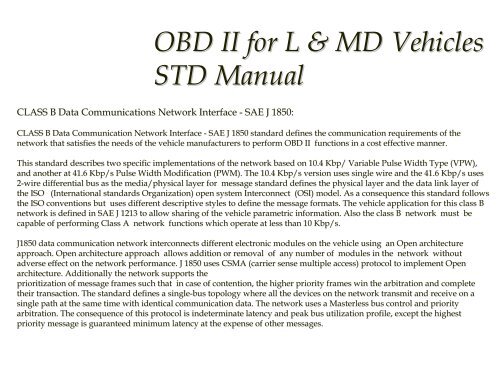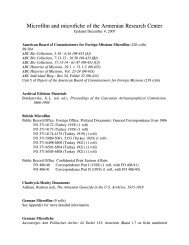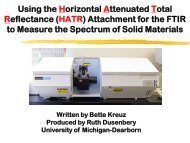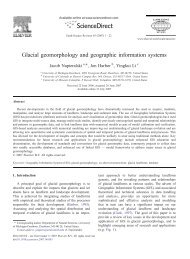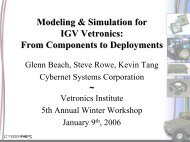Introduction to On Board Diagnostics (II)
Introduction to On Board Diagnostics (II)
Introduction to On Board Diagnostics (II)
You also want an ePaper? Increase the reach of your titles
YUMPU automatically turns print PDFs into web optimized ePapers that Google loves.
OBD <strong>II</strong> for L & MD VehiclesSTD ManualCLASS B Data Communications Network Interface - SAE J 1850:CLASS B Data Communication Network Interface - SAE J 1850 standard defines the communication requirements of the tnetwork that satisfies the needs of the vehicle manufacturers <strong>to</strong> perform OBD <strong>II</strong> functions in a cost effective manner.This standard describes two specific implementations of the network based on 10.4 Kbp/ / Variable Pulse Width Type (VPW),and another at 41.6 Kbp/s Pulse Width Modification (PWM). The 10.4 Kbp/s version uses single wire and the 41.6 Kbp/s uses2-wire differential bus as the media/physical layer for message standard sdefines the physical layer and the data link layer ofthe ISO (International standards Organization) open system Interconnect (OSI) model. As a consequence this standard followsthe ISO conventions but uses different descriptive styles <strong>to</strong> define the message formats. The vehicle application for this class Bnetwork is defined in SAE J 1213 <strong>to</strong> allow sharing of the vehicle parametric information. Also the class B network must becapable of performing Class A network functions which operate at less than 10 Kbp/s.J1850 data communication network interconnects different electronic modules on the vehicle using an Open architectureapproach. Open architecture approach allows addition or removal of any number of modules in the network withoutadverse effect on the network performance. J 1850 uses CSMA (carrier rier sense multiple access) pro<strong>to</strong>col <strong>to</strong> implement Openarchitecture. Additionally the network supports theprioritization of message frames such that in case of contention, n, the higher priority frames win the arbitration and completetheir transaction. The standard defines a single-bus <strong>to</strong>pology where all the devices on the network transmit and receive ron asingle path at the same time with identical communication data. The network uses a Masterless bus control and priorityarbitration. The consequence of this pro<strong>to</strong>col is indeterminate latency land peak bus utilization profile, except the highestpriority message is guaranteed minimum latency at the expense of other messages.


